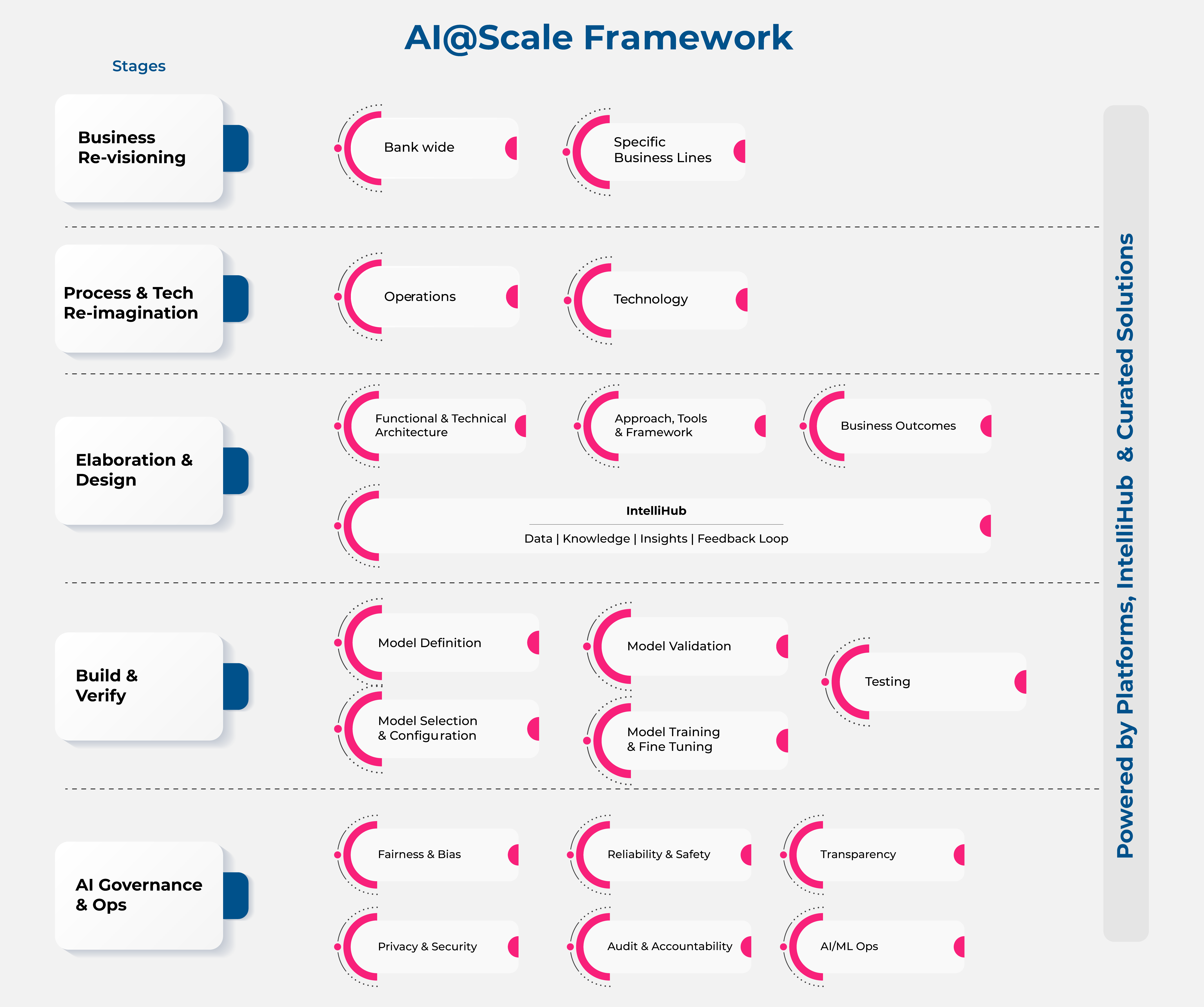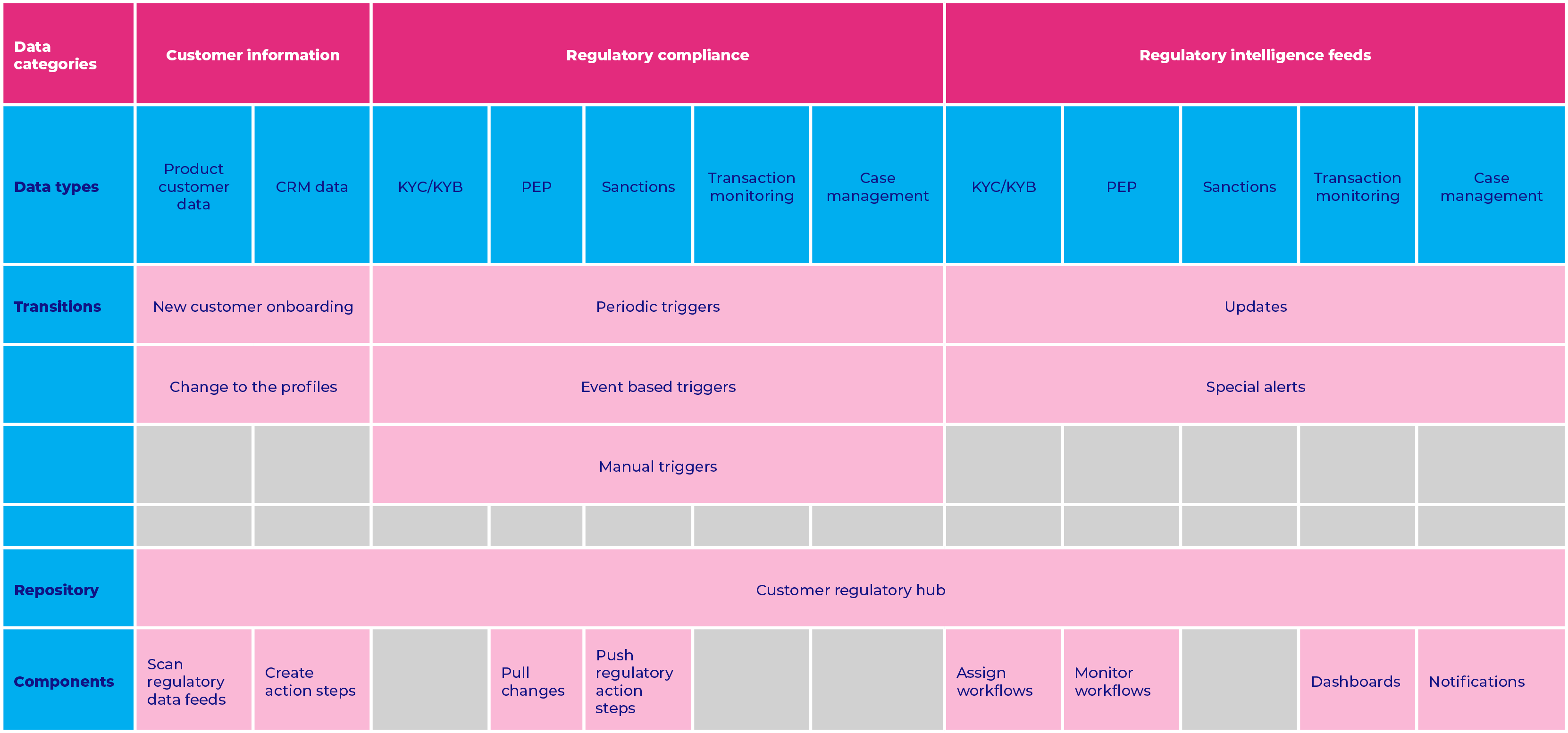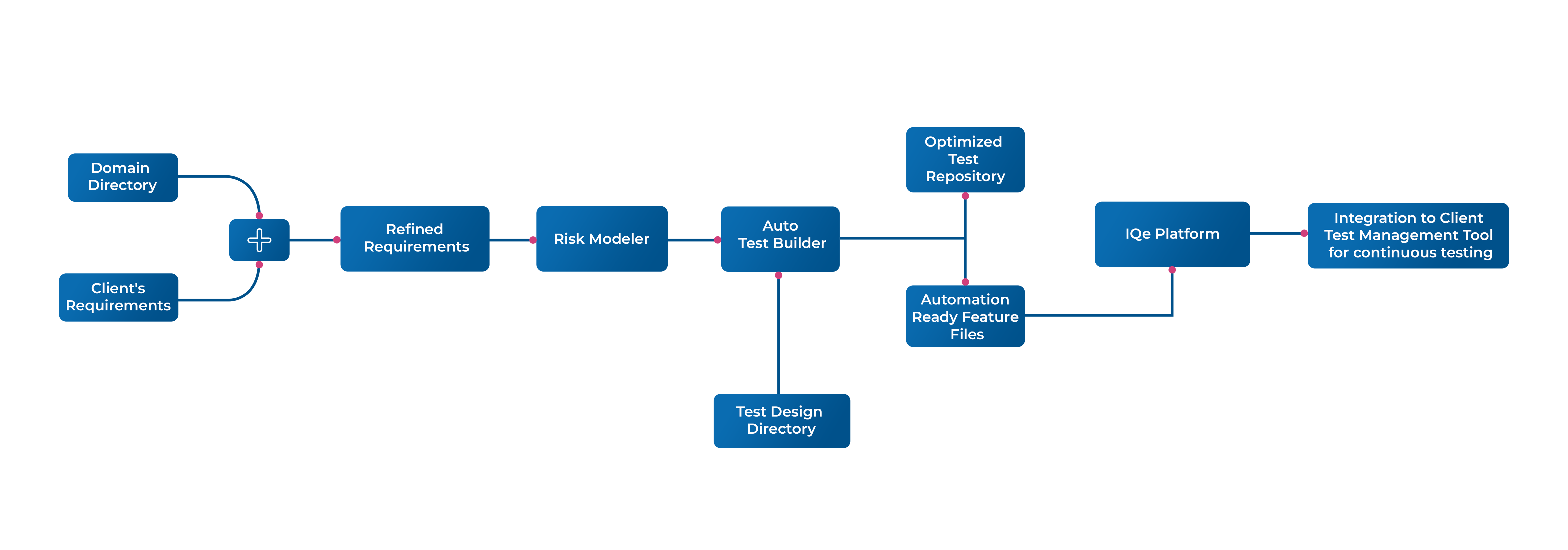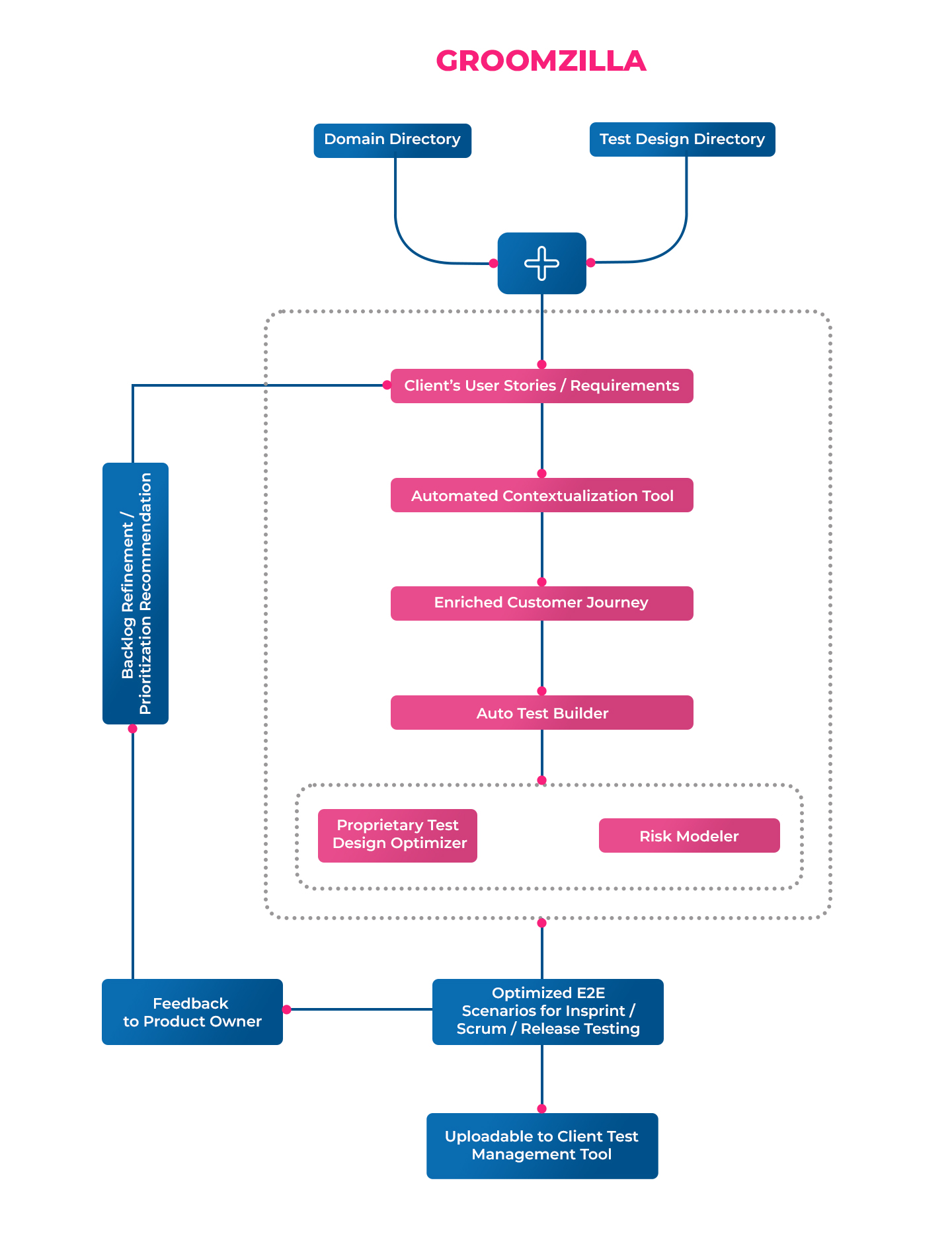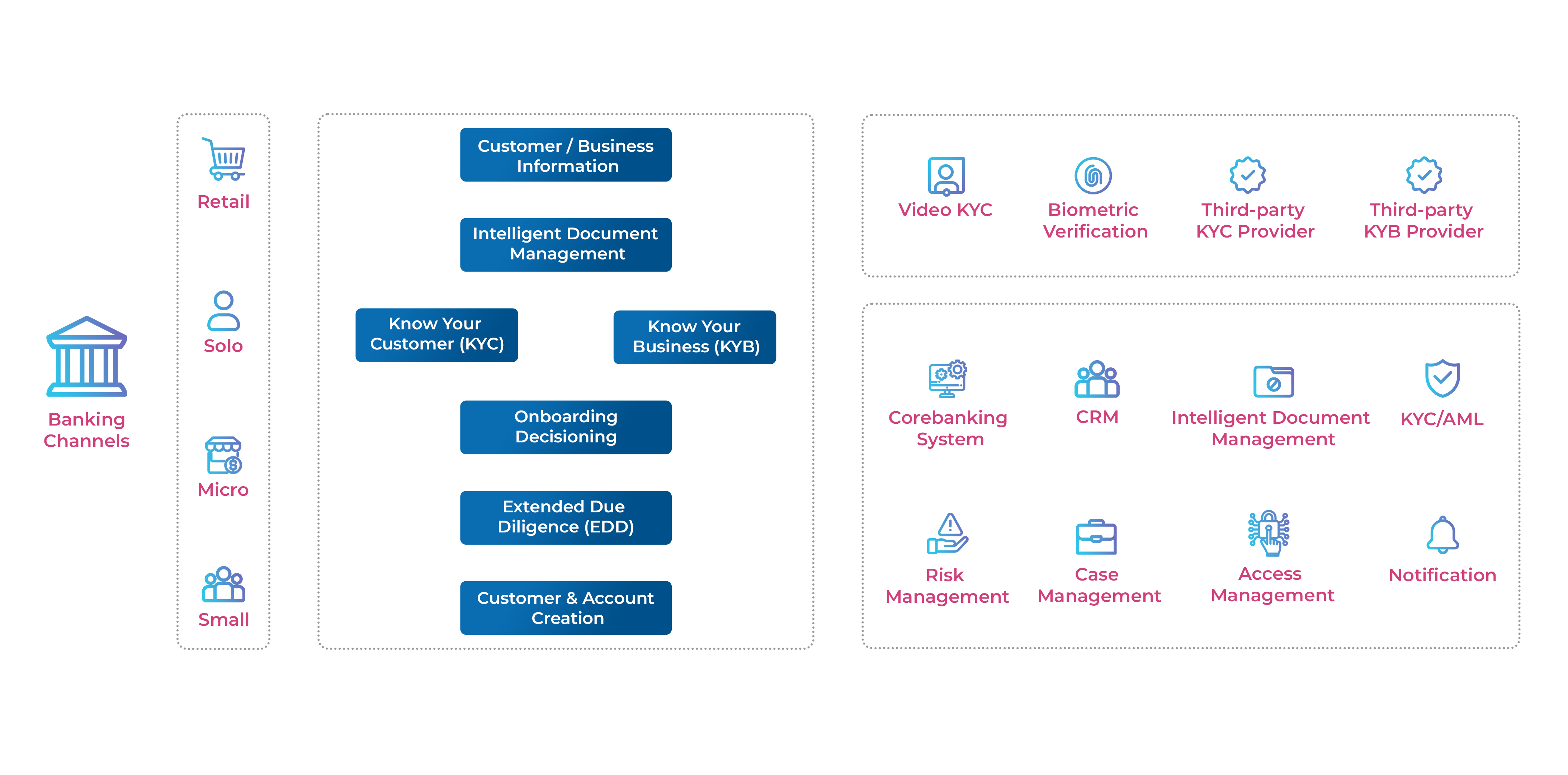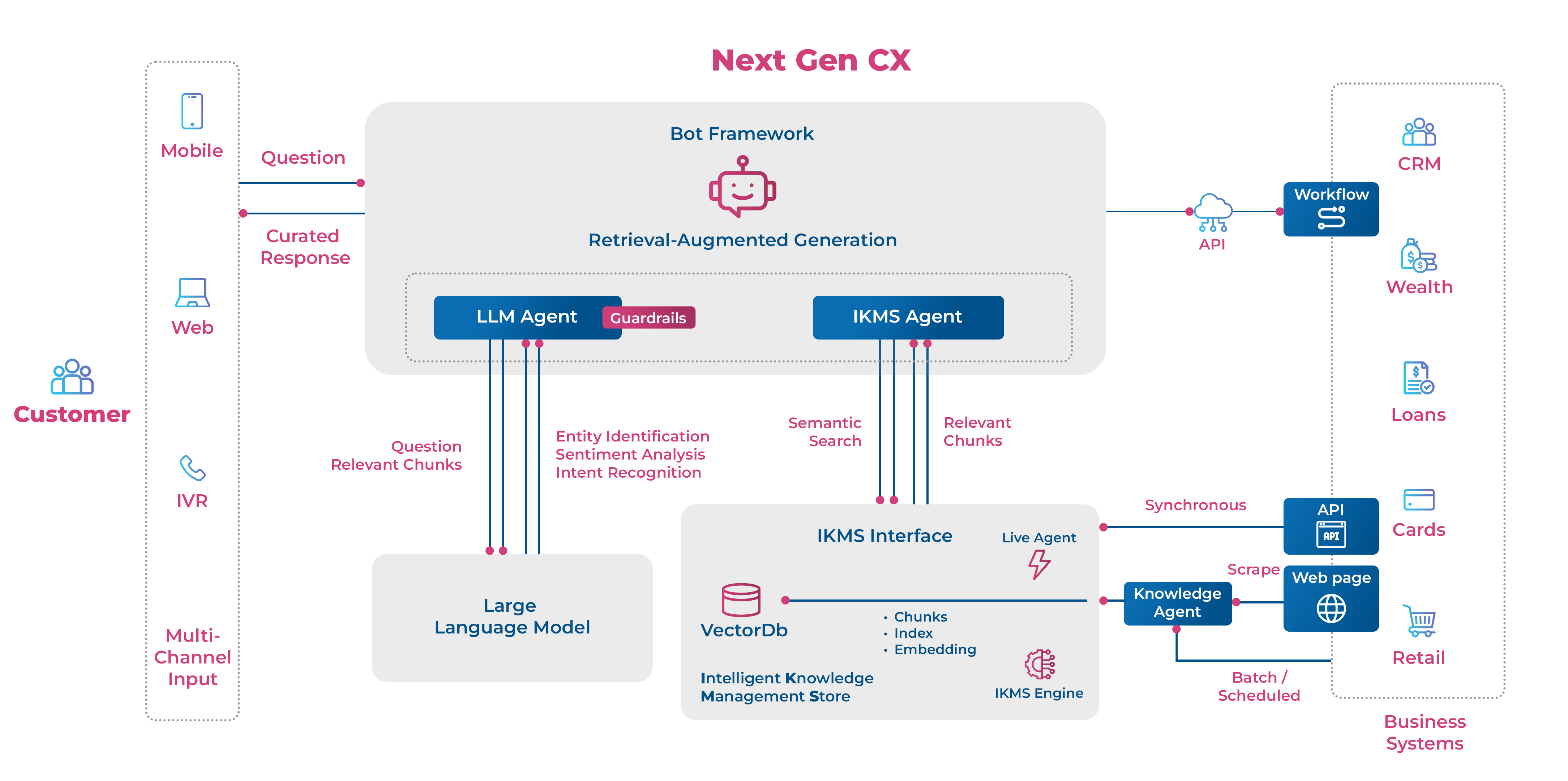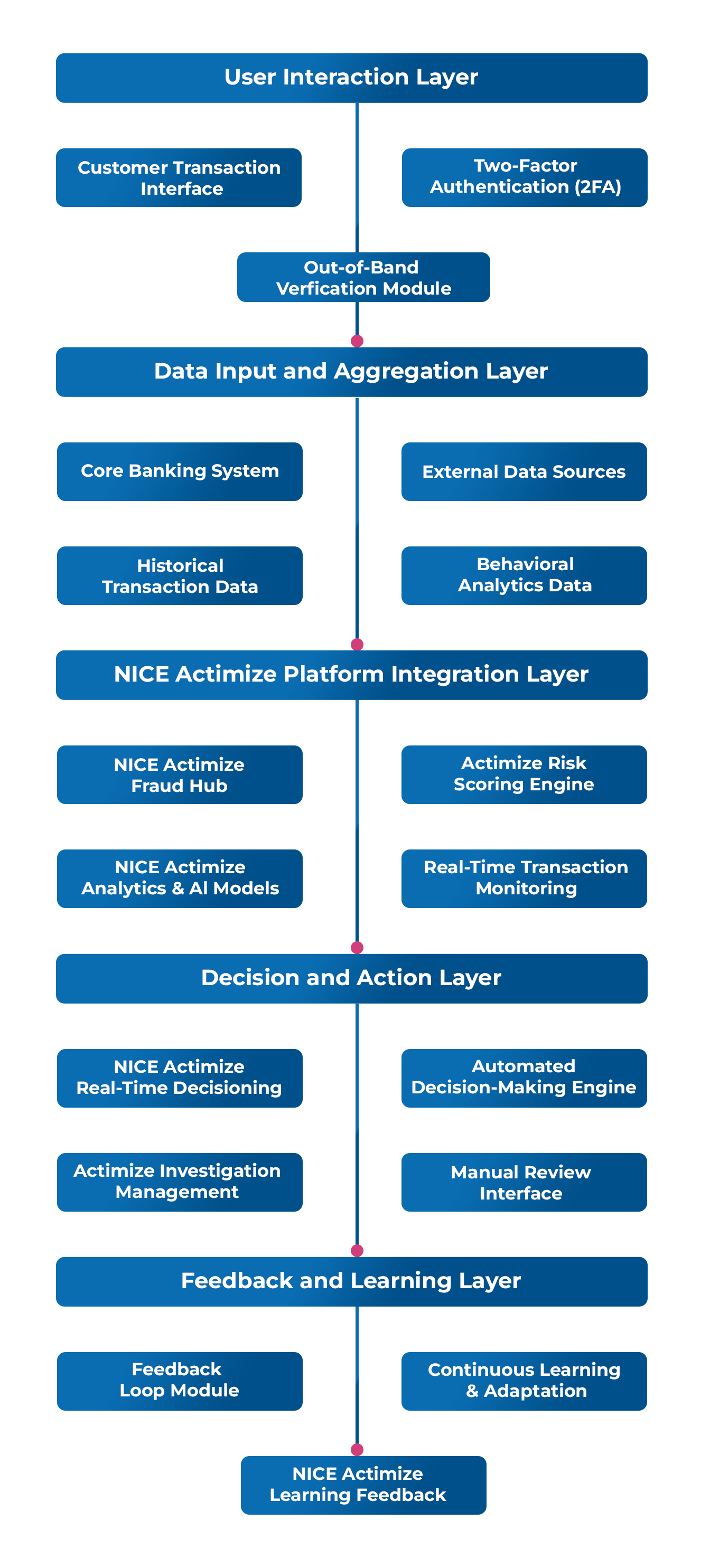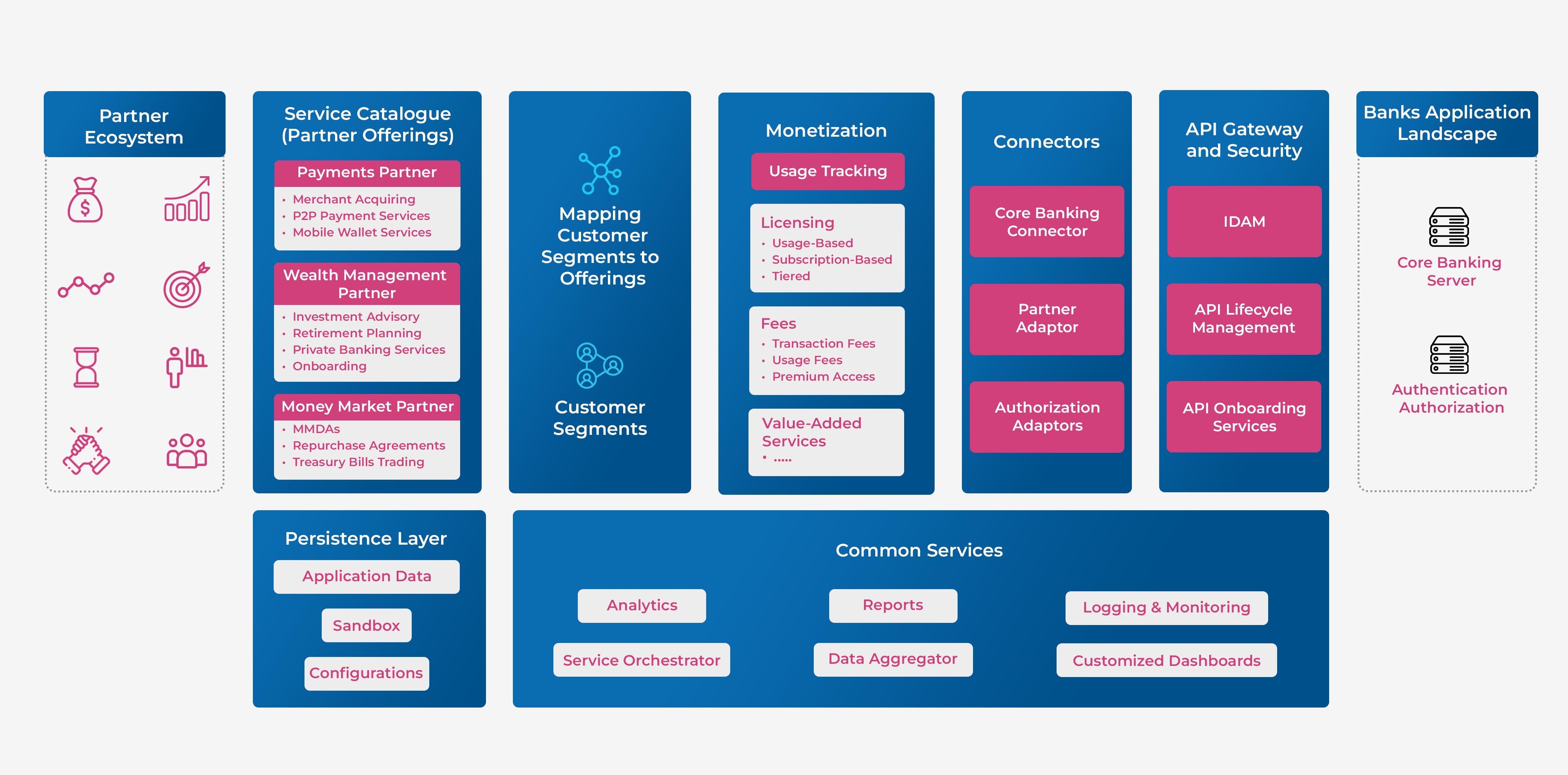How Generative AI is Supercharging Developer, Reviewer Productivity

Welcome to this week's edition of AI Pulse!
Get ready to explore the cutting-edge world of AI-powered code generation and code review tools. These game-changing technologies are revolutionizing how developers write, refine, and optimize code—making workflows faster, smarter, and more efficient.
Spotlight
Boring Tasks, done:
AI automates repetitive tasks like auto-filling functions and documenting code. For instance, tools like GitHub Copilot now adapt to individual coding styles, making suggestions that feel personalized.
Goodbye, Writer’s Block:
Stuck on a blank screen? In 2024, tools like OpenAI’s Codex can provide context-aware code snippets based on previous projects, helping developers get started more easily.
Speedy Code Updates:
Developers can quickly modify existing code by pasting snippets into tools like Cursor Editor, which now features real-time collaboration for team coding sessions, making updates a breeze.
Tackling New Challenges:
With improved support for new languages like Rust and frameworks like React Native, developers can rely on tools like Amazon CodeWhisperer for on-the-spot explanations and code examples. Those using AI are now 25 to 30 percent more likely to complete complex tasks on time.
Market Insights
1) Code Review Tools Reduce Technical Debt Early
While code review tools catch bugs, they also help identify design flaws and inefficiencies early on. By addressing these issues during development, businesses avoid the heavy costs of technical debt, which can cripple long-term scalability and slow down future projects. This proactive approach saves up to 20% of future development costs.
2) Code Reviews Can Predict Developer Burnout
Some advanced code review platforms analyze developers' activity patterns and flag signs of potential burnout, like overwork or repetitive tasks. By spotting this early, businesses can redistribute tasks or provide support, preventing productivity dips and costly turnover.
3) AI Can Spot More Than Bugs It Spotlights Risk
AI-driven code reviews don’t just catch coding mistakes—they can also flag security vulnerabilities and performance bottlenecks that could pose significant business risks. This capability reduces exposure to costly data breaches or performance issues that affect customer experience and brand reputation.
4) Automated Code Generation for Internal Tools
Code generation tools aren’t just for consumer-facing apps—they can build internal tools like reporting systems or workflow automations at a fraction of the time it would take to build them from scratch. This frees up resources for high-priority projects while streamlining internal operations.
5) Faster Onboarding with Code Review Insights
Code review tools create a historical trail of decisions, making it easier for new hires to understand the codebase, its evolution, and key decisions without requiring constant senior developer input. This shortens onboarding times by up to 30%, allowing your team to scale faster without sacrificing quality.
Best Practices
1) Integrate Tools Seamlessly with Your Workflow
Don’t disrupt your team's flow—integrate code review and generation tools directly into your CI/CD pipeline. Studies show that teams using integrated tools see 20-30% faster release cycles because developers don’t have to switch between platforms. This ensures smooth automation while maintaining workflow continuity.
2) Customize Code Review Rules to Your Business Needs
Set custom code review rules based on your specific business requirements. By aligning rules with your security protocols, coding standards, or scalability goals, you avoid generic checks that waste time. Businesses that tailor their code review processes can reduce unnecessary reviews by up to 40% and focus on high-impact issues.
3) Leverage AI for Continuous Improvement
Use AI-driven tools to track and improve review accuracy over time. These tools learn from past reviews and become smarter at detecting complex patterns or subtle bugs. In fact, AI tools can reduce review errors by 50% as they evolve, continuously enhancing the efficiency of your team without additional manual oversight.
4) Foster a Collaborative, Continuous Review Culture
Encourage a collaborative approach to code reviews by having regular, smaller reviews rather than big “end-of-project” reviews. Studies show that teams with frequent, lightweight reviews experience 30% fewer defects in production. This fosters continuous learning, helping teams quickly resolve issues before they escalate.
5) Track and Optimize Code Generation Templates
For code generation tools, build and track custom templates for recurring patterns. Over time, refine these templates to include best practices, ensuring faster, more secure code. Businesses that maintain a library of optimized templates can reduce development time by up to 60%, enabling teams to deliver faster and more consistently.
Tools
Code Generation Tools
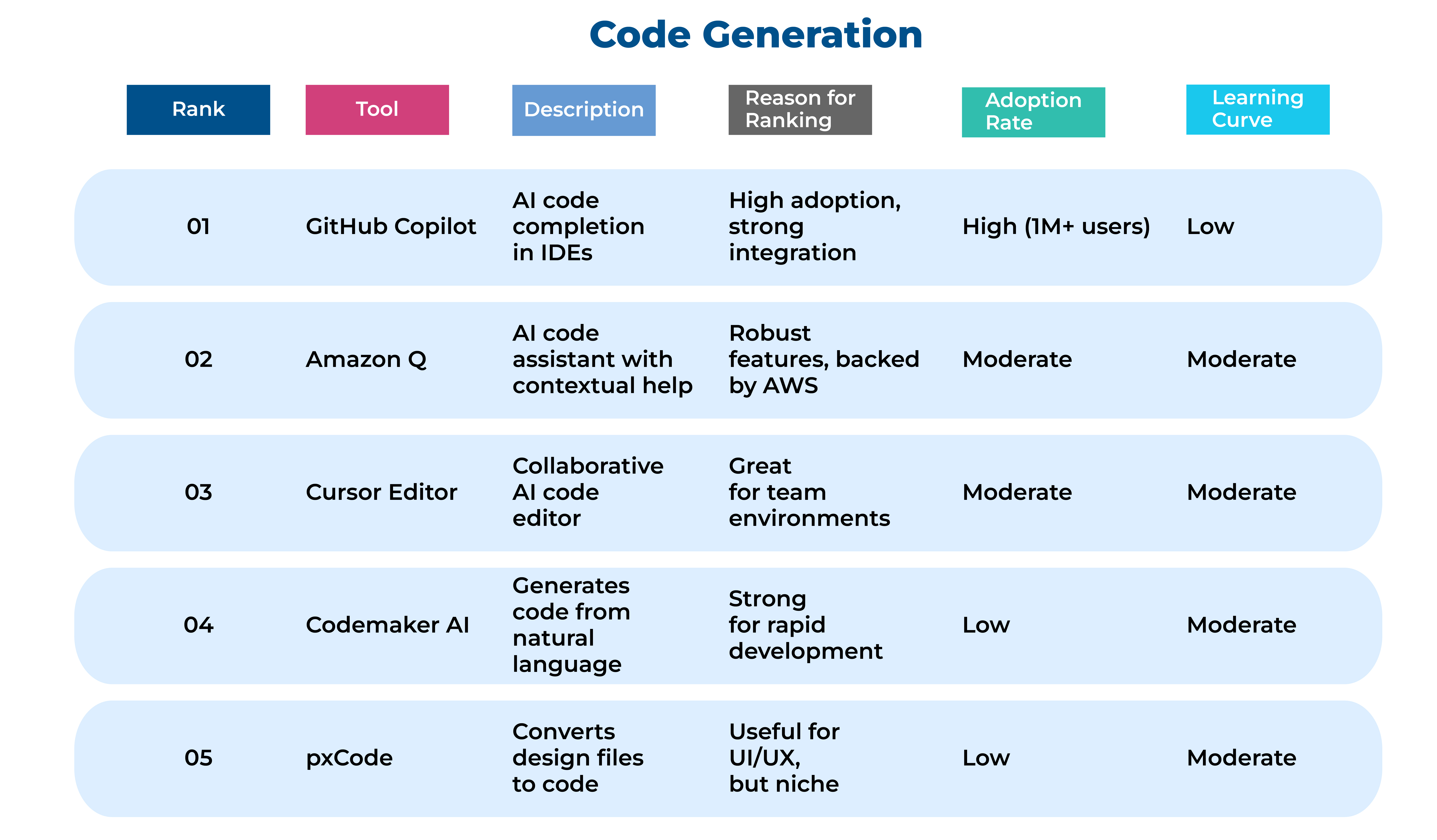
Code Review Tools
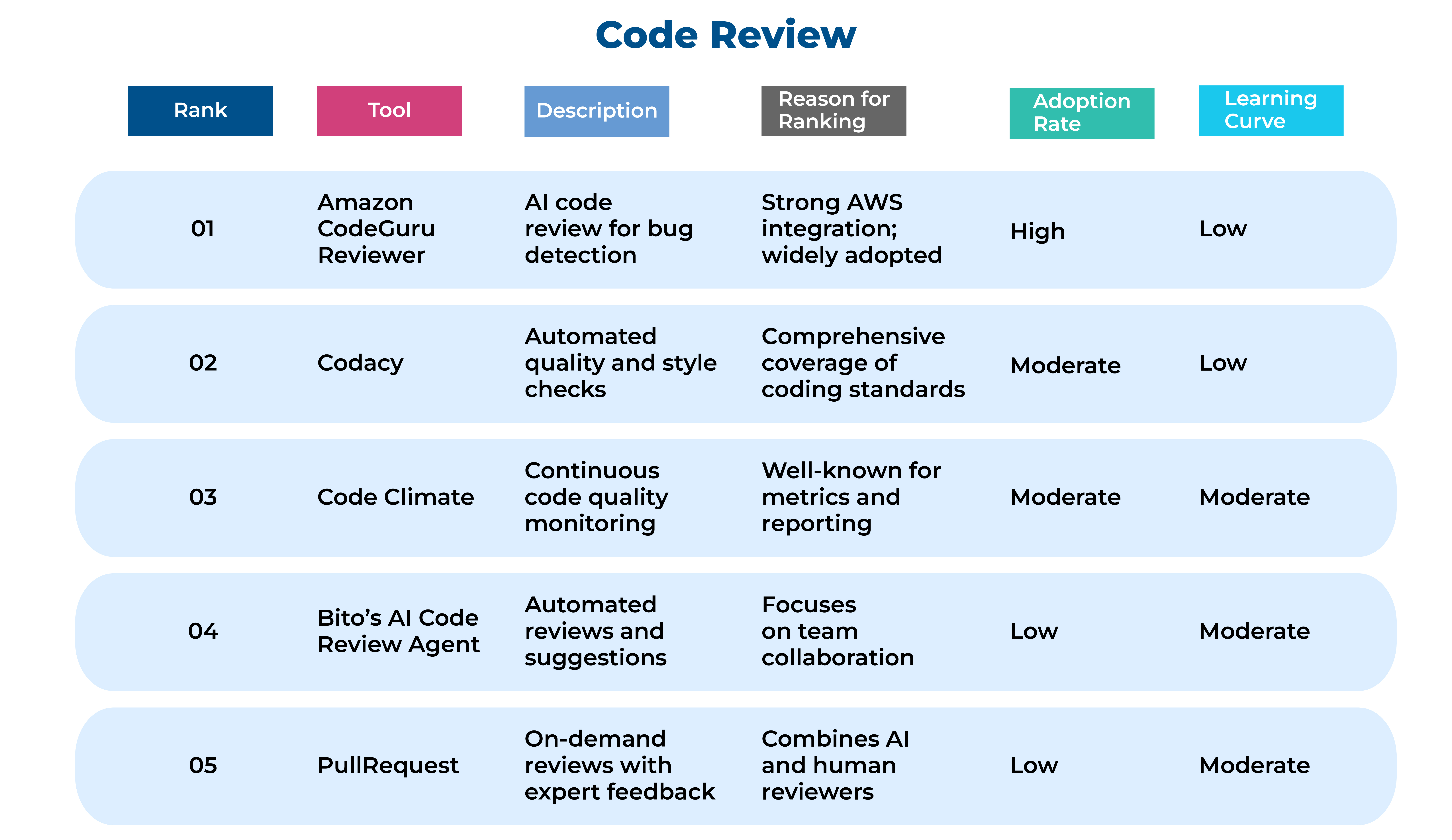
With 25 years of expertise in BankTech, Maveric has been at the forefront of driving transformative solutions in the banking domain.
Through the Maveric BankTech Insights newsletter, we bring you deep insights overcome digital friction in Banking that not only attract but also retain and delight customers for the long term. Wish to know more? Subscribe to our Newsletter


